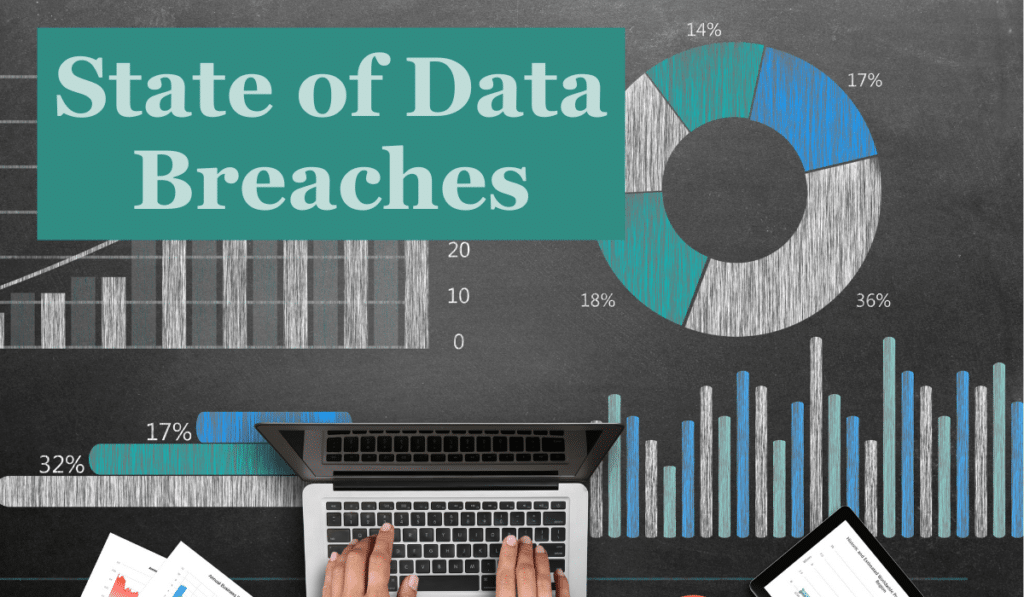Regular reports of data breaches and cyberattacks reinforce the urgency for organizations and individuals to be proactive against evolving threats. The latest report from IBM sheds light on the current landscape of data breaches, highlighting trends, causes, and potential safeguards. Let’s take a look at the key findings, and explore the implications for businesses and individuals alike.
The Scale of the Issue
This report underlines the alarming frequency of data breaches, revealing that millions of records are compromised each year. While the numbers might vary, the trend remains consistent: organizations across all sectors are under siege from cybercriminals. From healthcare to finance, no sector is immune, making it evident that a comprehensive cybersecurity strategy is critical for all.
Common Causes
The report identifies various causes behind data breaches, with both external and internal factors playing significant roles. External threats, such as sophisticated hacking attempts and malware attacks, continue to pose substantial risks. Additionally, internal factors like employee negligence and system misconfigurations can inadvertently lead to data exposure. Organizations must adopt a holistic approach to security, addressing vulnerabilities from all angles. Breach Secure Now recommends performing regular security risk analyses as an integral part of being proactive.
Financial Ramifications
The financial aftermath of a data breach can be devastating for businesses. IBM’s report highlights that the cost of a breach goes beyond immediate financial losses. Reputational damage, legal actions, and loss of customer trust contribute to the long-term impact. It’s estimated that the average cost of a data breach has been on the rise, underlining the urgency for organizations to invest in robust cybersecurity measures.
Protecting Personal Data
Individuals are also vulnerable targets in the face of data breaches. The importance of safeguarding personal information is crucial, and individuals must stay vigilant against phishing attempts, use strong and unique passwords, and enable two-factor authentication whenever possible. A proactive approach to personal cybersecurity can go a long way in preventing potential identity theft and financial loss.
Emerging Technologies and Threats
As technology continues to advance, so do the tactics of cybercriminals. The report highlights the emergence of new threats such as attacks on Internet of Things (IoT) devices and the exploitation of artificial intelligence. Moreover, as organizations adopt hybrid and remote work models, securing the extended network perimeter becomes increasingly complex. This evolving landscape requires adaptable and up-to-date security solutions.
The Road Ahead
Data breaches are not a problem that will simply fade away. As digital processes and products become more integrated into our lives, it is necessary to implement a constant evolution of cybersecurity strategies. Organizations must prioritize cybersecurity as a core component of their operations, investing in advanced threat detection, employee training, and incident response plans.
Where data breaches have become an unfortunate norm, we can see the challenges and opportunities that lie ahead. The battle against cyber threats requires a collective effort, involving individuals, businesses, and governments. By understanding the causes, consequences, and countermeasures outlined in the report, we can take meaningful steps toward ensuring a more secure future for all.
The post State of Data Breaches appeared first on Breach Secure Now!.





